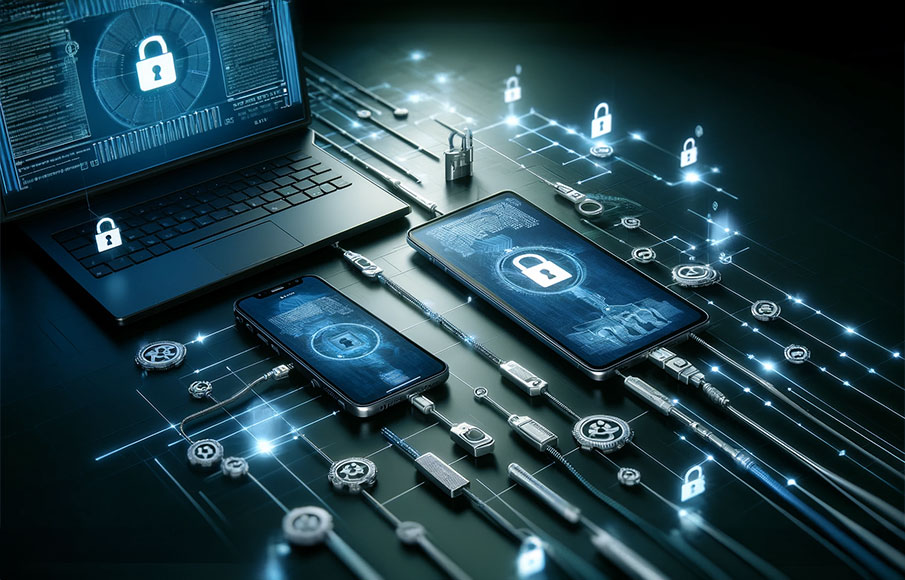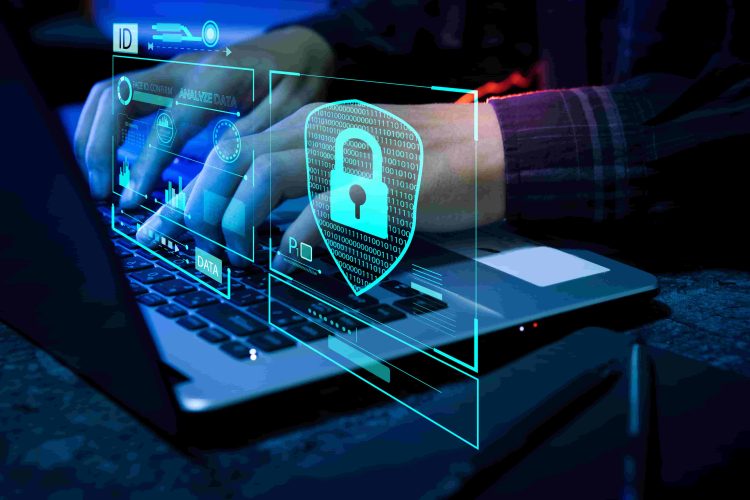The Role of Cybersecurity in Preventing Data Breaches
In the digital era, data is currently among the most valuable resources accessible for businesses, governments, and people all around. Cybercrime strategies for exploiting system and network vulnerabilities also evolve with technological development. Data breaches—that is, illegal access to or exposing of private data—have grown rather frequent and expensive. Reducing these threats depends critically on good cybersecurity techniques, which protect Corporate data breach victim as well as personal data from illegal access.
Identifying Vulnerabilities
Realizing possible weaknesses in a system is one of the first stages in stopping data breaches. These might result from poorly setup networks, insecure passwords, or antiquated programs. Cybersecurity plans call for constant audits and evaluations to find such weaknesses before they might be taken advantage of. Penetration testing and vulnerability scanning help companies to know where their systems might be vulnerable and act to tighten security.

Implementing Security Measures
Once vulnerabilities have been found, putting strong security policies into use becomes absolutely vital. Firewalls, encryption, multi-factor authentication (MFA), and anti-malware technologies define the basis of cybersecurity defenses. Firewalls prevent illegal access to a network; encryption guarantees that even if data is captured, it is illegible to unauthorized users. MFA requires several kinds of access verification, thereby adding even more security. By strengthening the defenses of the system, these instruments used together greatly lower the danger of data breaches.
Employee Awareness and Training
Cybersecurity depends on human elements as much as technology solutions do. Whether via inadvertent mistakes or phishing fraud vulnerability, employees sometimes stand as a weak point in cybersecurity. Awareness campaigns and regular training help staff members to see the value of cybersecurity and the possible repercussions of data breaches. Employees can help stop attacks by spotting phishing attempts, avoiding dubious links, and following rigorous password procedures.
Monitoring and Response Systems
No system is totally immune to breaches, even with preventative policies in place. Constant observation and a quick reaction strategy are therefore absolutely vital. Security information and event management (SIEM) solutions as well as intrusion detection systems (IDS) let companies monitor network activity in real time, therefore helping them to spot suspicious behavior early on.
Maintaining trust in digital networks, preventing data breaches, and safeguarding the private data of Corporate data breach victim depend on cybersecurity. Organizations can significantly lower their data breach risk by spotting weaknesses, putting in place robust security policies, educating staff members, and keeping up current monitoring systems. Cybersecurity methods have to change as technology develops to match changing risks.








